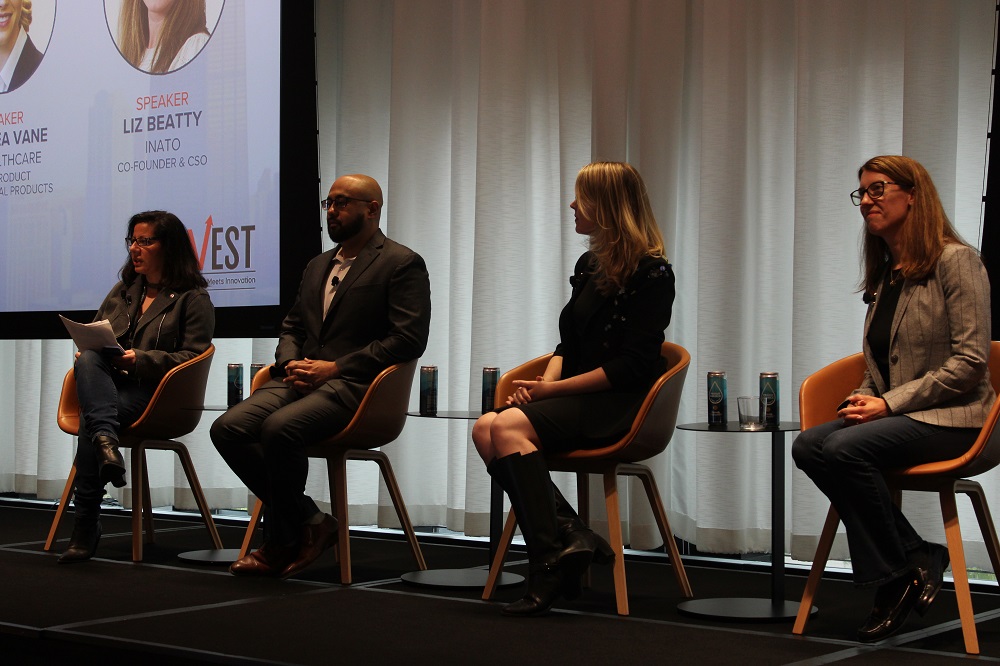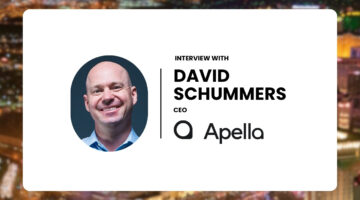
In the life sciences community, there’s a lot of discussion about how artificial intelligence is speeding up drug research, enabling big pharmaceutical companies and upstart biotechs to more efficiently discover new molecules to advance into clinical testing. But faster drug discovery alone will not result in more drugs or even faster drug development, said Liz Beatty, chief strategy officer at clinical trials technology startup Inato.
No matter how quickly a drug is discovered, it must ultimately be tested in humans. Beatty, whose experience includes running clinical trials at Bristol Myers Squibb for 16 years, said more than 80% of clinical trials miss their timelines due to enrollment problems. The clinical trial portion of drug development remains very dependent on humans. Reviewing charts and lab reports — often hundreds of pages — has historically been manual work, Beatty said. Inato’s technology platform uses AI to automate the process. A human still makes the final decision about whether a patient meets the criteria for a clinical trial, but the technology reduces to minutes what used to take hours.
“We actually can speed up the pace of research by enabling the use of AI on this part of the ecosystem, where historically it’s such a pain point, it couldn’t be addressed before the new advancements in AI,” Beatty said.

How Lantern Delivers ROI Through Smarter Healthcare Navigation
Dickon Waterfield discusses why Lantern's navigation works.
Beatty’s comments came during a panel discussion this week MedCity News’ INVEST conference in Chicago. She was joined by Chelsea Vane, vice president of product management, digital products at GE Healthcare, and Bobby Reddy, co-founder and CEO of Prenosis. The panel, “How Is AI Reshaping the Healthcare Industry,” was moderated by Michelle Hoffmann, executive director of the Chicago Biomedical Consortium.
AI is not just a tool for drug discovery and clinical trials. Technologies that incorporate AI are already touching patients. Prenosis has commercialized technology that guides clinicians in diagnosing sepsis, a dangerous immune system reaction to an infection. Sepsis sparks inflammation and organ damage that can become life threatening. Diagnosis has historically been a human endeavor, conducted through a physician’s review of clinical findings and lab tests.
Prenosis’s technology, Sepsis Immunoscore, incorporates different types of data, such as vital signs, standard lab tests, demographic information, and biomarkers. AI analyzes these data to give clinicians deeper insight into patient biology. This approach is necessary because of the nature of sepsis. Rather than being a single disease, it’s a syndrome, a collection of different diseases, Reddy said.
Sepsis Immunoscore was granted De Novo authorization by the FDA last year as the first AI diagnostic tool for sepsis. Whereas the traditional way of diagnosing sepsis relied on human judgement and experience, which varies from clinician to clinician, Prenosis’s technology makes sepsis diagnosis more consistent.

Transforming the OR: CEO Reveals Game-Changing AI Tech for Better Efficiency
How Apella leverages technology to increase OR efficiency.
“It’s more standardized, it’s based on thousands of past patients,” Reddy said. “So it’s more accurate, it’s more unified, it’s more realistic.”
For GE Healthcare, AI has the effect of increasing patient access to care. Vane pointed to AIR Recon DL, a deep learning image reconstruction technology for MRI. This technology removes noise and distortion from images, yielding sharper images more quickly. Vane said AIR Recon DL speeds up scan times by up to 50%. Consequently, more scans can be done and clinicians can support more patients. While AIR Recon DL is specifically for MRI, GE Healthcare also has AI applications for CT scans as well.
GE Healthcare is also using AI to improve cancer care. The company’s CareIntellect for Oncology is an application that brings together different types of a patient’s data from different sources (such as medical images and electronic medical records), and provides clinicians with a single view. With this technology, clinicians no longer need to jump between multiple systems to get the full picture of a patient’s history, reducing to minutes what used to take a clinician hours, Vane said. Beyond summarizing complex medical histories, the application can also help assess a patient’s eligibility for a clinical trial.
“By aggregating all that multi-modal data into a single unified view and then summarizing that using AI, we’re actually able to reduce the time it takes to get up to speed on that patient and increase the amount of time that provider can spend with that patient,” Vane said.
Photo: Nick Fanion, Breaking Media






